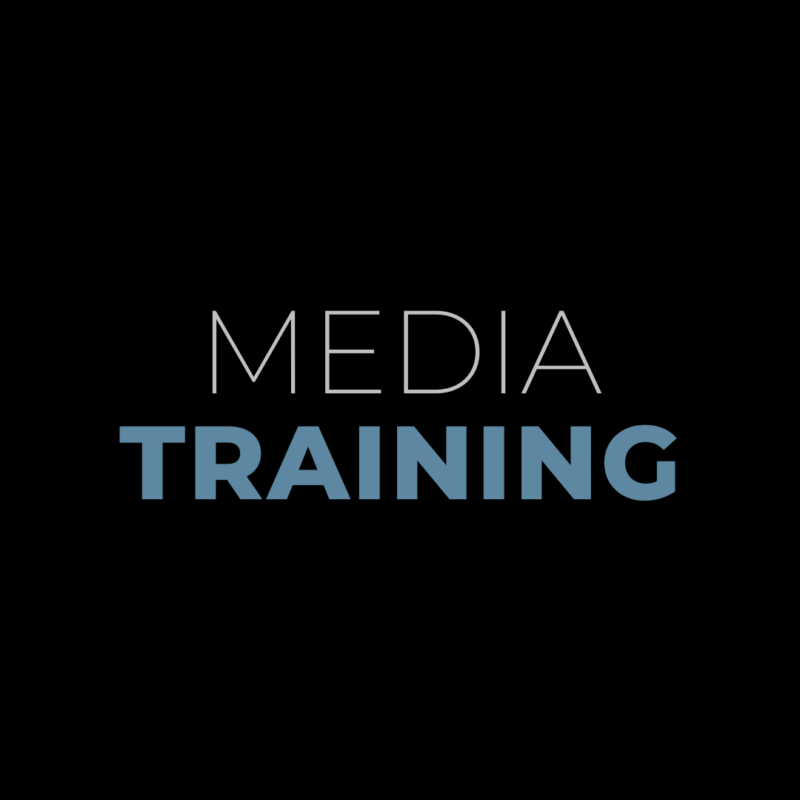On a scale of 1 to 10, how boring are your news releases?
If you ranked six or under – it’s time to revamp your newsworthy content.
How many times have you had an important announcement and think to yourself, “How can I make this different than any other company announcement out there?” I don’t know about you, but that thought replays continually in my mind every time one of my clients has important news to share to a broader audience.
I have no doubt that the news is significant to the organization or company wanting a news release written and distributed, but it’s not likely to make front page news on its own.
As a PR professional, you could beg and plead with a reporter who has covered your clients before or write a traditional news release and think positive thoughts in the hope it will get picked out of the thousands of pitches reporters and writers skim through on a daily basis. But, success is hard to accomplish, even for the “PR Gods” in our universe.
So, the most important thing to remember is not to write a boring news release. There are some cases where it can’t be avoided, but try implementing these tips to your current news release writing approach:
- Headline makes perfect.
- The most important element is the headline. A striking headline must communicate your subject matter instantly and convey why the content is new and interesting.
- If headlines are not the easiest for you, try writing several headlines and then combining the best of each. Rework and simplify so what remains is no longer than one sentence.
- To keep creative juices flowing and understand exceptionally written headlines, check out local and national publications – editors are among the best at sparking a readers’ interest in three to five words.
- Transition your headline into your email subject line. Half the battle is getting a reporter to open the email that contains your news release.
- Promote like a salesperson.
- This is important to consider so you will understand the best way to present the news.
- The information in the first paragraph must be a summary of what is presented in the full body of the news release. The first paragraph will give the who, what, when, where, why and how of the event or news distributed.
- If the reporter is sucked in quickly, it will increase the likelihood that they continue reading and find the call to action within the news release.
- Don’t forget to tap into a reporter’s innate desire to find the next big thing or know about the latest and greatest product that is newsworthy.
- News releases are not a story or a novel. Be specific.
- Keep the sentences short and to the point.
- News releases should not exceed one page – most journalists and readers will lose interest after the first page.
- Tell reporters exactly what they can expect from reading the news release. Will they learn how one company tripled its inquiries, or how to take advantage of frequent flier miles?
- Infuse the news release with facts and numbers with which they can relate and see themselves benefiting from by the details presented and become motivated by the call-to-action.
Next time you browse the magazine/newspaper rack and start reading a story that interests you, take time to understand what attracted you to those headlines and leverage that in your own news release content.
Have a question about news releases or insight into writing a great release? Comment below!


